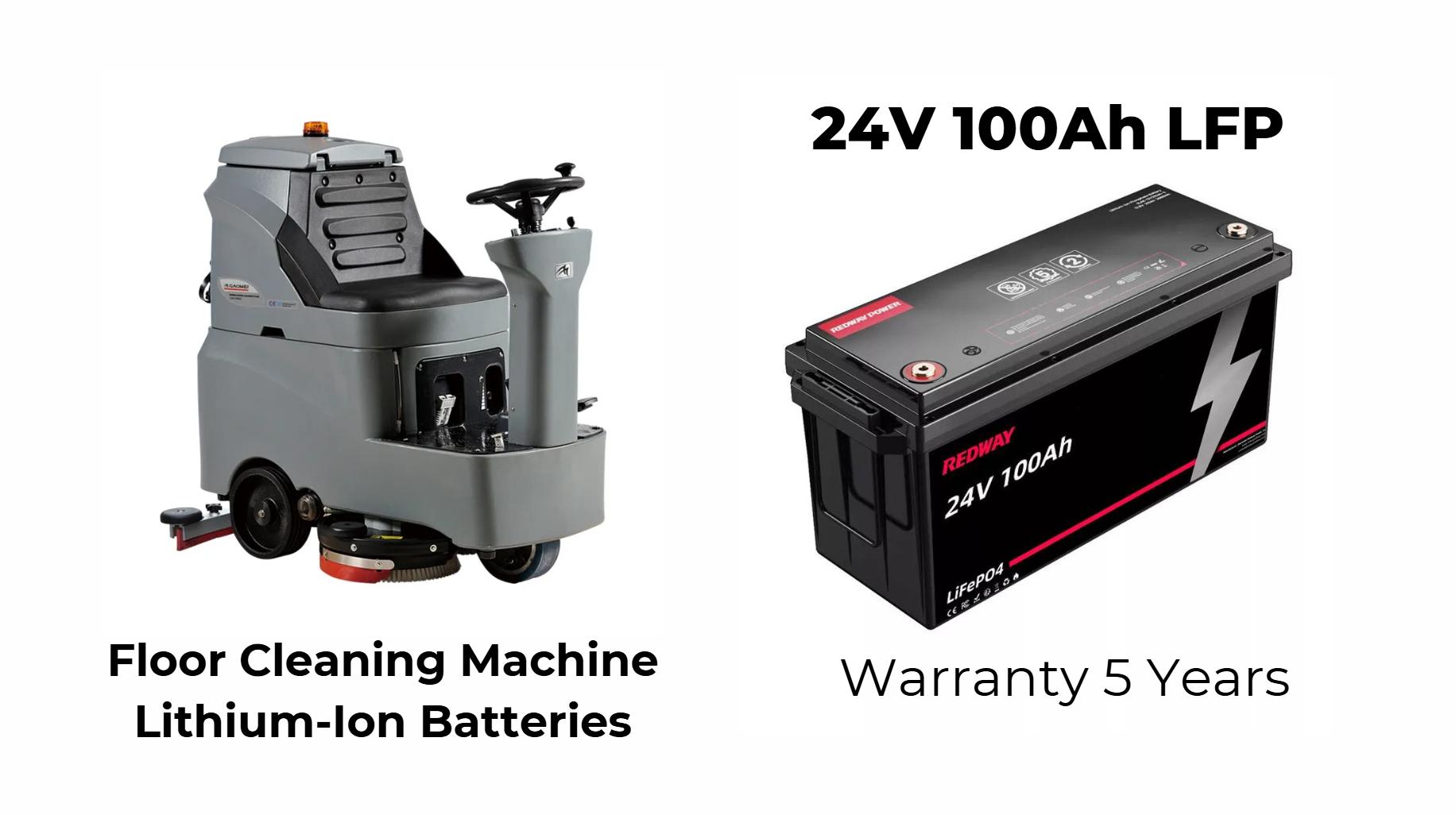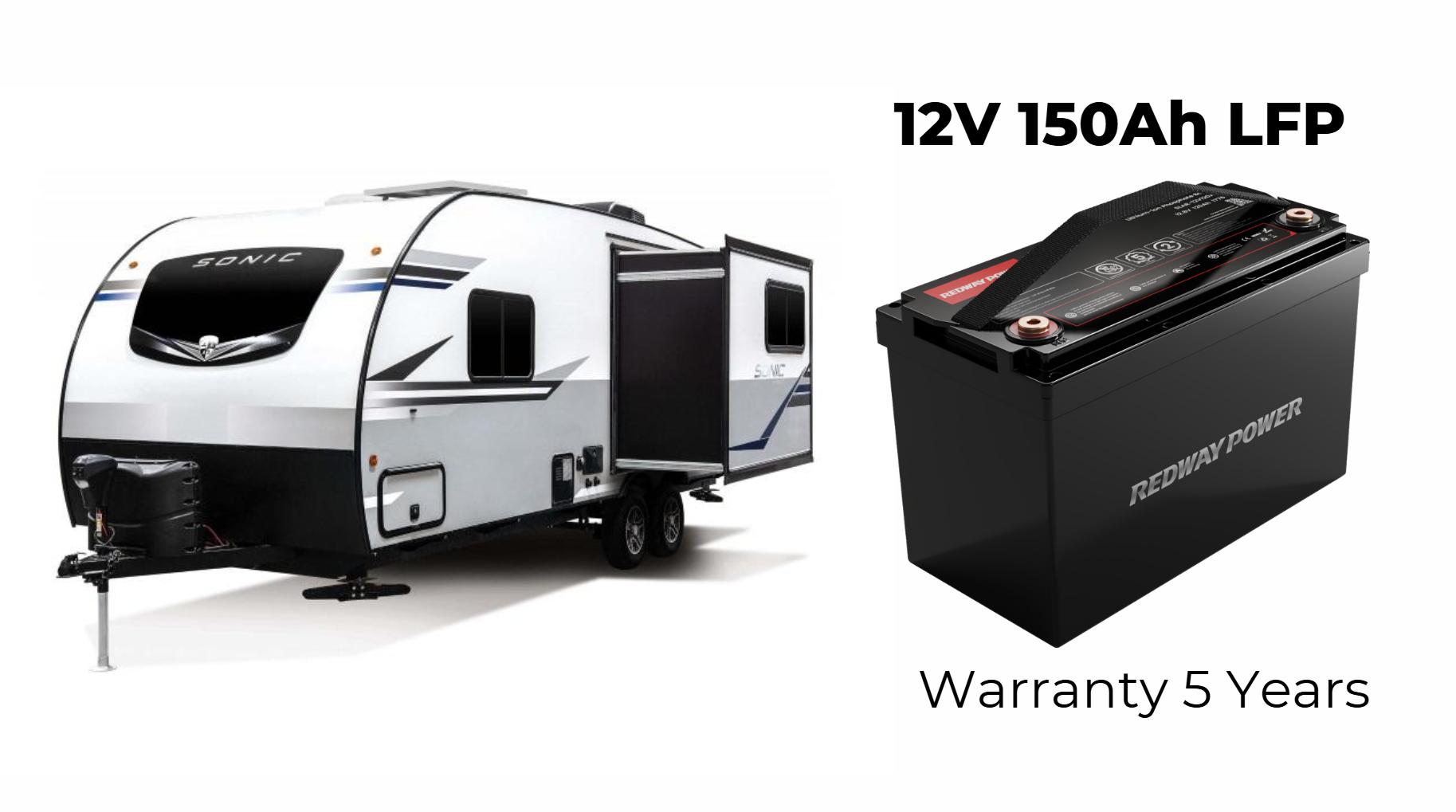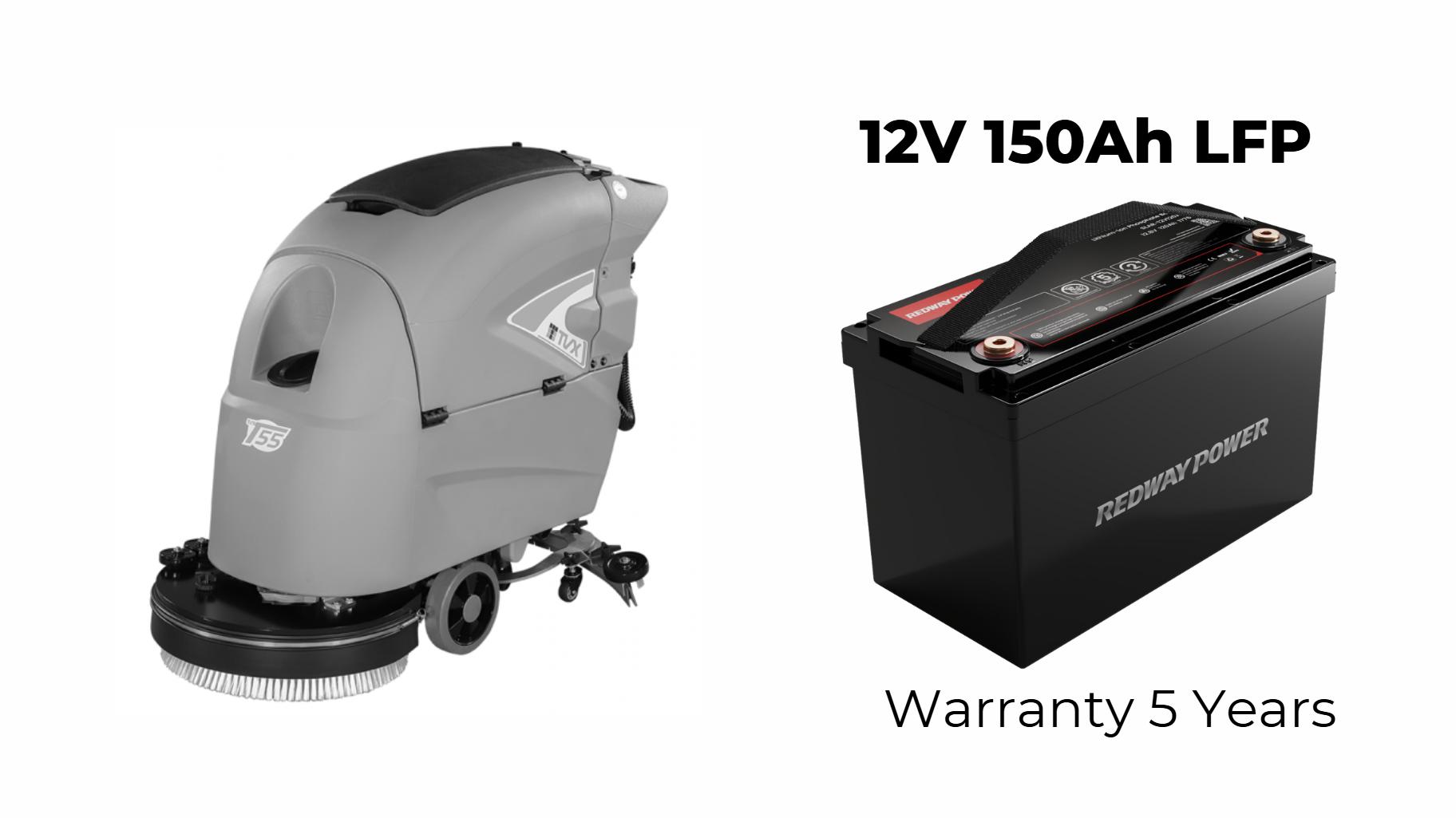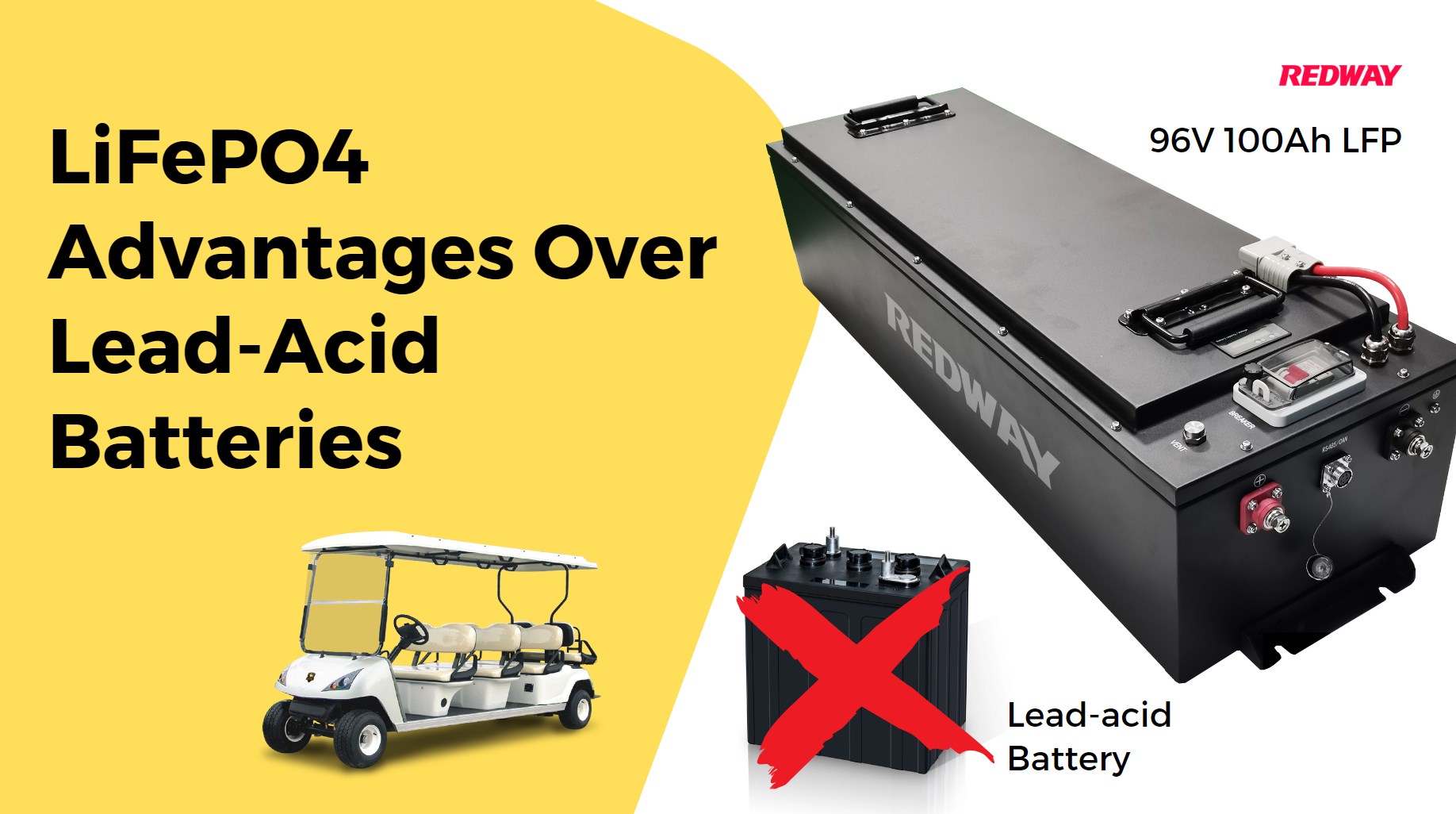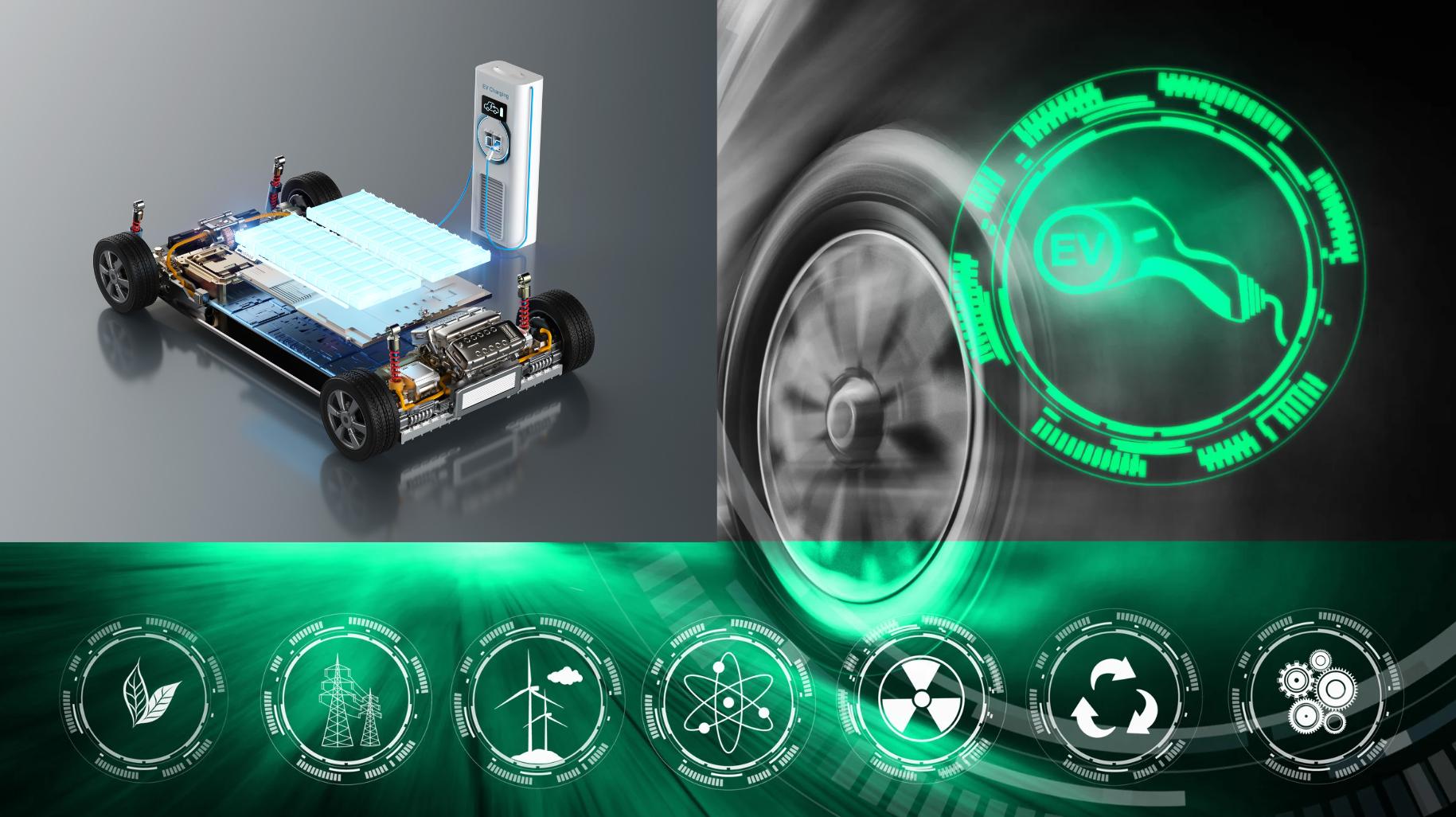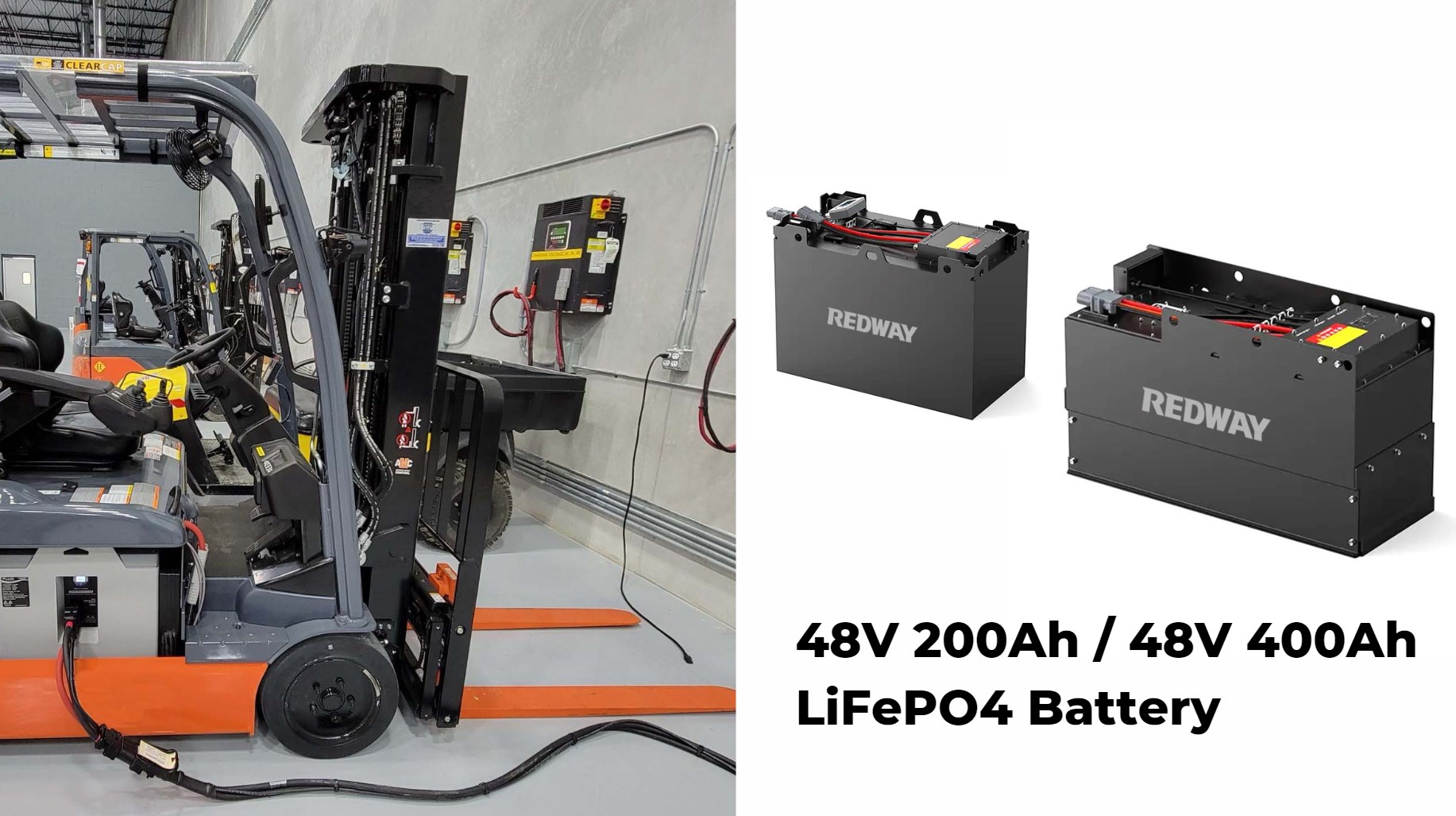Safety First: What Protections Do LiFePO4 Batteries Offer?
As industries increasingly turn to Lithium Iron Phosphate (LiFePO4) batteries for their efficiency and reliability, understanding the safety features they provide is crucial. At Redway Battery, we have dedicated over 12 years to manufacturing high-quality LiFePO4 batteries, especially for applications like floor cleaning machines. Here, we explore the robust safety protections that make LiFePO4 batteries a trusted choice for various applications.
LiFePO4 batteries offer essential safety protections like built-in Battery Management Systems (BMS) that prevent overcharging and short circuits. Their stable chemistry minimizes fire risks, making them a safe choice for energy storage in various applications.
1. Thermal Stability
One of the primary advantages of LiFePO4 batteries is their thermal stability. Unlike other lithium battery chemistries, LiFePO4 batteries have a much lower risk of overheating and thermal runaway. This stability is due to their unique chemical composition, which allows them to tolerate high temperatures without degrading. Consequently, users can operate these batteries in various environments without worrying about safety risks.
2. Built-in Battery Management Systems (BMS)
LiFePO4 batteries are equipped with Battery Management Systems (BMS) that provide comprehensive safety monitoring. The BMS plays a critical role by:
- Monitoring Cell Voltage: It ensures that each cell operates within safe voltage limits, preventing overcharging or deep discharging that can lead to failure.
- Temperature Regulation: The BMS continuously monitors the temperature of the battery pack, shutting down operation if temperatures exceed safe thresholds.
- Balancing Cells: By equalizing the charge among individual cells, the BMS ensures optimal performance and longevity, reducing the risk of cell failure.
3. Overcharge Protection
Overcharging is a significant concern for any battery system, as it can lead to swelling, leaks, or even fires. LiFePO4 batteries incorporate overcharge protection mechanisms within their BMS. These systems disconnect the battery from the charger once it reaches full capacity, effectively preventing overvoltage conditions that could compromise safety.
4. Short Circuit Protection
Short circuits can occur due to wiring faults or external damage, leading to dangerous situations. LiFePO4 batteries include short circuit protection features that immediately disconnect the power supply when a short circuit is detected. This quick response helps prevent damage to the battery and ensures user safety.
5. Overcurrent Protection
Overcurrent conditions can arise from various factors, including faulty equipment or incorrect usage. LiFePO4 batteries have overcurrent protection mechanisms that monitor the current flowing through the battery. If the current exceeds safe limits, the BMS automatically shuts down the system, protecting both the battery and connected equipment from potential damage.
6. Safe Discharge Characteristics
LiFePO4 batteries are known for their stable discharge characteristics, which provide a consistent power output without significant voltage drops. This stability is vital for devices like floor cleaning machines, as it ensures reliable performance throughout the battery’s runtime. Additionally, the ability to maintain performance under load enhances safety by preventing sudden failures during operation.
7. Robust Physical Design
The physical construction of LiFePO4 batteries also contributes to their safety. These batteries are designed with durable casings that resist impact, vibration, and external damage. This robust design minimizes the risk of battery failure due to physical stress, making them suitable for demanding environments such as commercial cleaning operations.
8. Environmentally Friendly Composition
LiFePO4 batteries are composed of non-toxic materials, making them a safer option for both users and the environment. Unlike traditional lead-acid batteries, which contain hazardous substances, LiFePO4 batteries do not pose significant environmental risks. Their environmentally friendly nature aligns with the growing emphasis on sustainable practices in the commercial sector.
9. No Memory Effect
LiFePO4 batteries do not suffer from the memory effect, a phenomenon where batteries lose their maximum energy capacity if not fully discharged before recharging. This characteristic allows users to recharge the battery at any time without compromising its performance or safety. This flexibility is especially beneficial in commercial settings, where operational demands may require frequent charging.
10. Industry Standards Compliance
LiFePO4 batteries produced by reputable manufacturers like Redway Battery adhere to rigorous industry standards and certifications. These standards ensure that the batteries meet essential safety and performance criteria. Compliance with international safety regulations adds an extra layer of reassurance for businesses integrating LiFePO4 batteries into their operations.
Conclusion
In conclusion, the safety features offered by LiFePO4 batteries make them a highly reliable choice for commercial applications. With superior thermal stability, comprehensive Battery Management Systems, and various protection mechanisms against overcharging, short circuits, and overcurrent situations, LiFePO4 batteries ensure both operational efficiency and user safety.
At Redway Battery, we take pride in providing high-quality LiFePO4 batteries tailored for floor cleaning machines and other applications. Our commitment to safety and performance ensures that our customers receive the best solutions for their operational needs. For businesses looking to enhance their safety and efficiency with custom lithium battery solutions, contact us today for a quick quote and discover the advantages of LiFePO4 technology.
Latest News
- Safety Features Highlighted: Recent articles emphasize the advanced safety mechanisms integrated into LiFePO4 batteries, including thermal protection and short-circuit prevention.
- Consumer Education Efforts: Manufacturers are increasingly focused on educating consumers about the inherent safety advantages of LiFePO4 chemistry compared to other lithium types.
- Industry Standards: New regulations are being introduced that require enhanced safety features in battery designs.
Redway Expert Comment
“LiFePO4 batteries offer several built-in protections that enhance their safety profile significantly. Features such as thermal management systems prevent overheating while advanced BMS technology safeguards against overcharging and short circuits. These advantages make LiFePO4 a safer choice compared to other lithium chemistries. As an expert in this field, I advocate for prioritizing safety when selecting battery technologies.”

